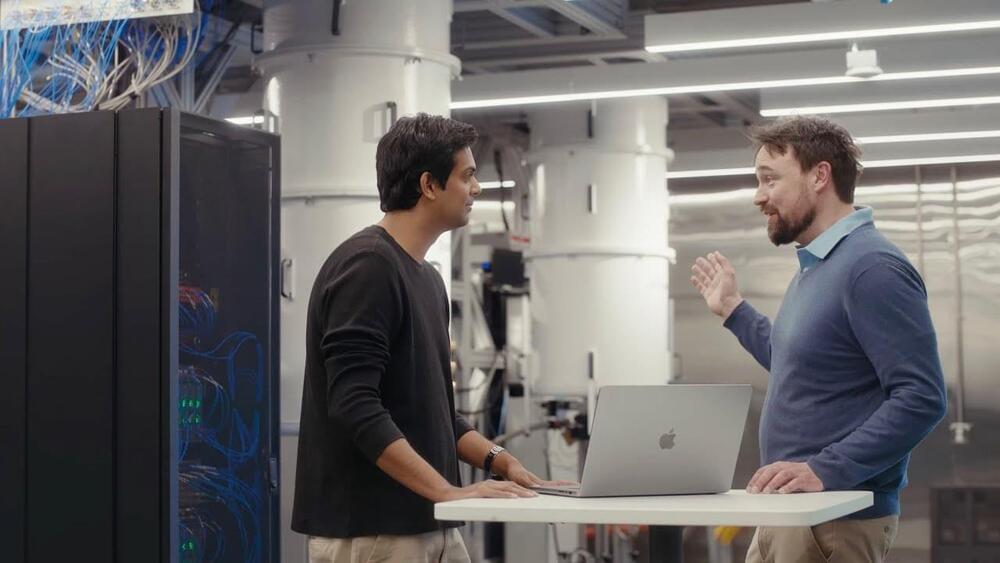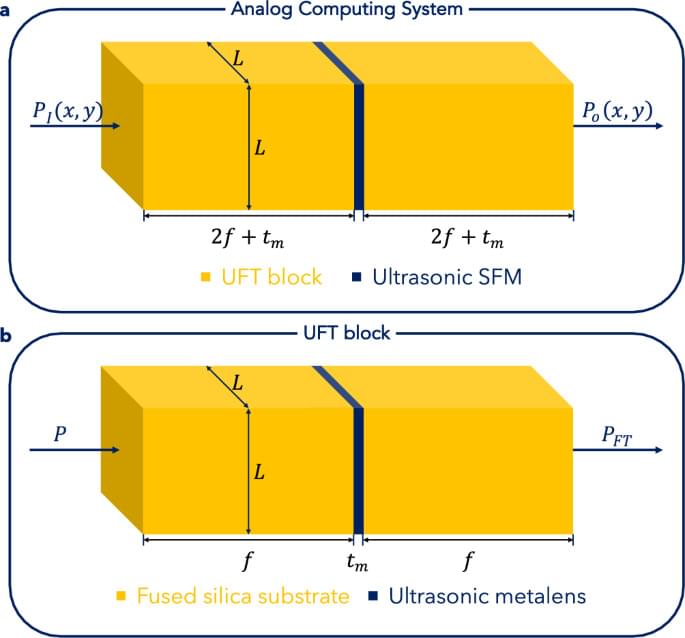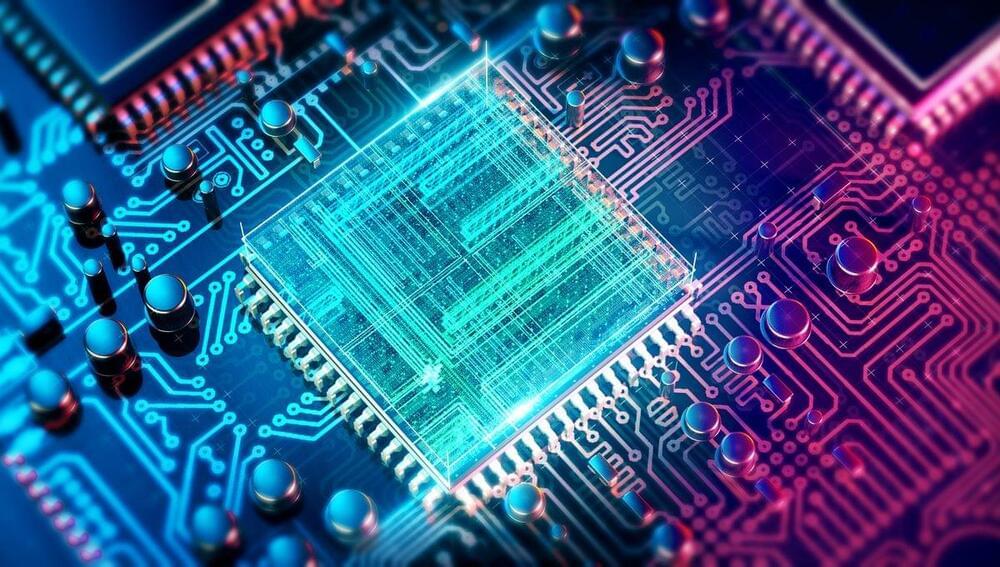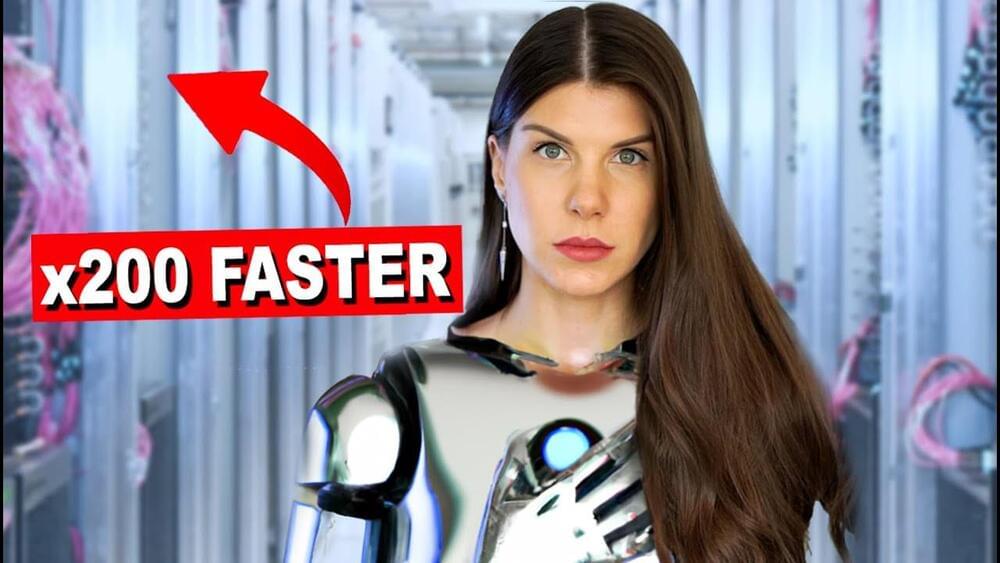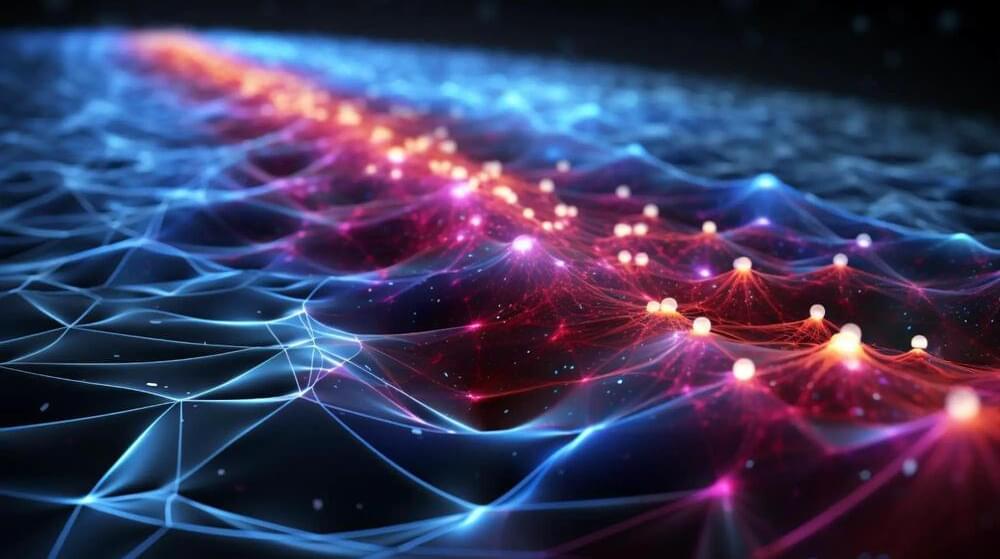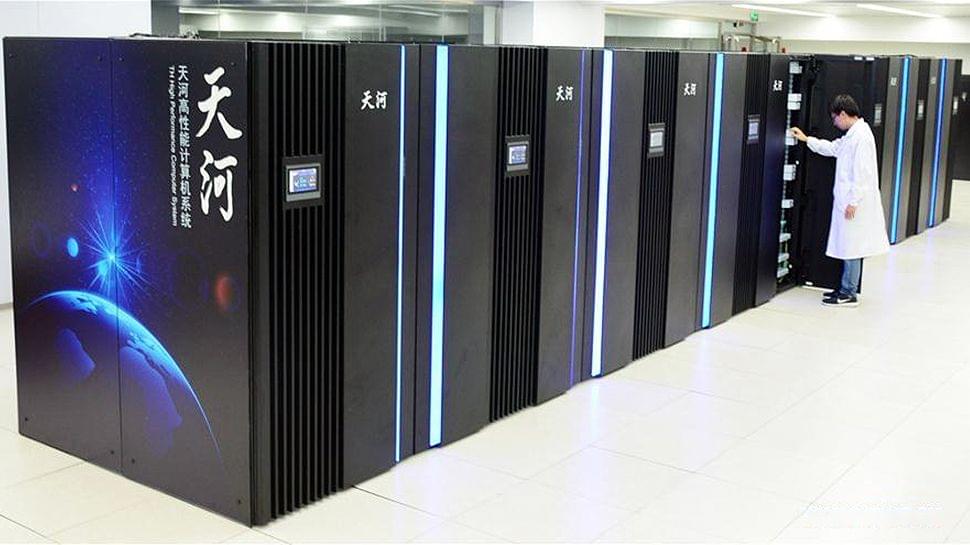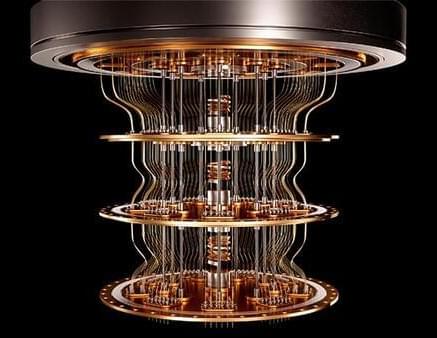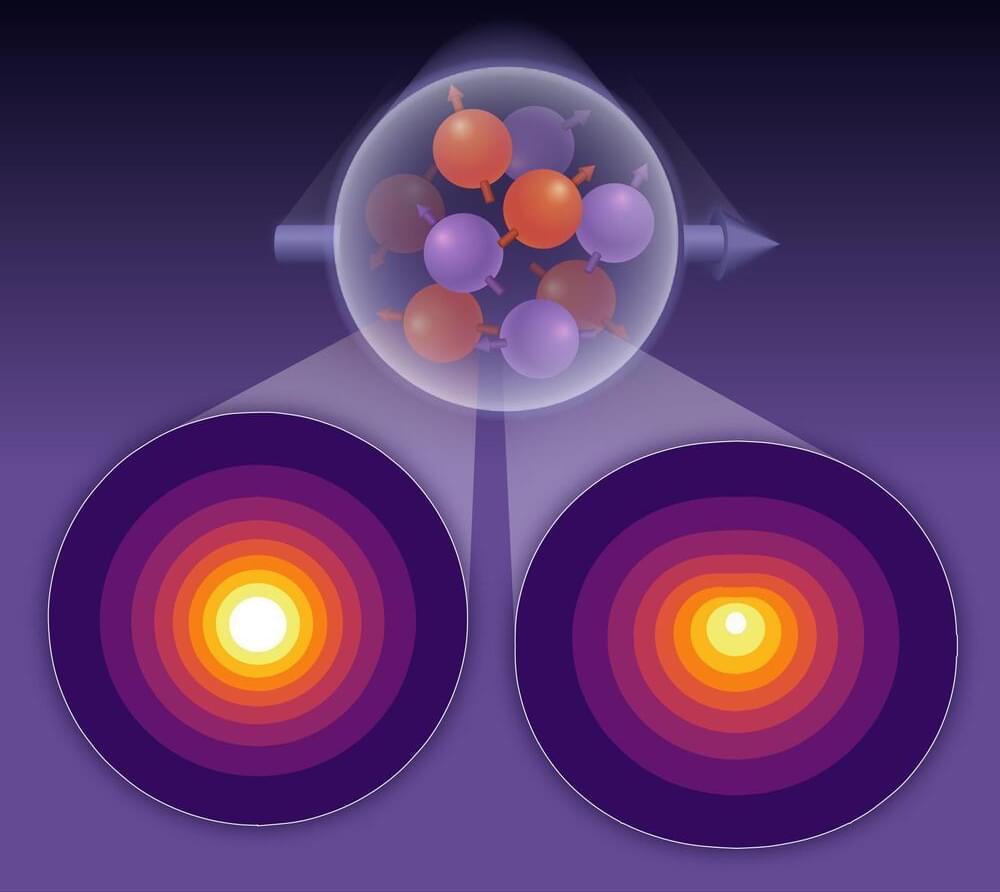Aug 23, 2023
An IBM Quantum Computer Beat a Supercomputer in a Benchmark Test
Posted by Dan Breeden in categories: quantum physics, supercomputing
The teams pitted IBM’s 127-qubit Eagle chip against supercomputers at Lawrence Berkeley National Lab and Purdue University for increasingly complex tasks. With easier calculations, Eagle matched the supercomputers’ results every time—suggesting that even with noise, the quantum computer could generate accurate responses. But where it shone was in its ability to tolerate scale, returning results that are—in theory—far more accurate than what’s possible today with state-of-the-art silicon computer chips.
At the heart is a post-processing technique that decreases noise. Similar to looking at a large painting, the method ignores each brush stroke. Rather, it focuses on small portions of the painting and captures the general “gist” of the artwork.
Continue reading “An IBM Quantum Computer Beat a Supercomputer in a Benchmark Test” »
